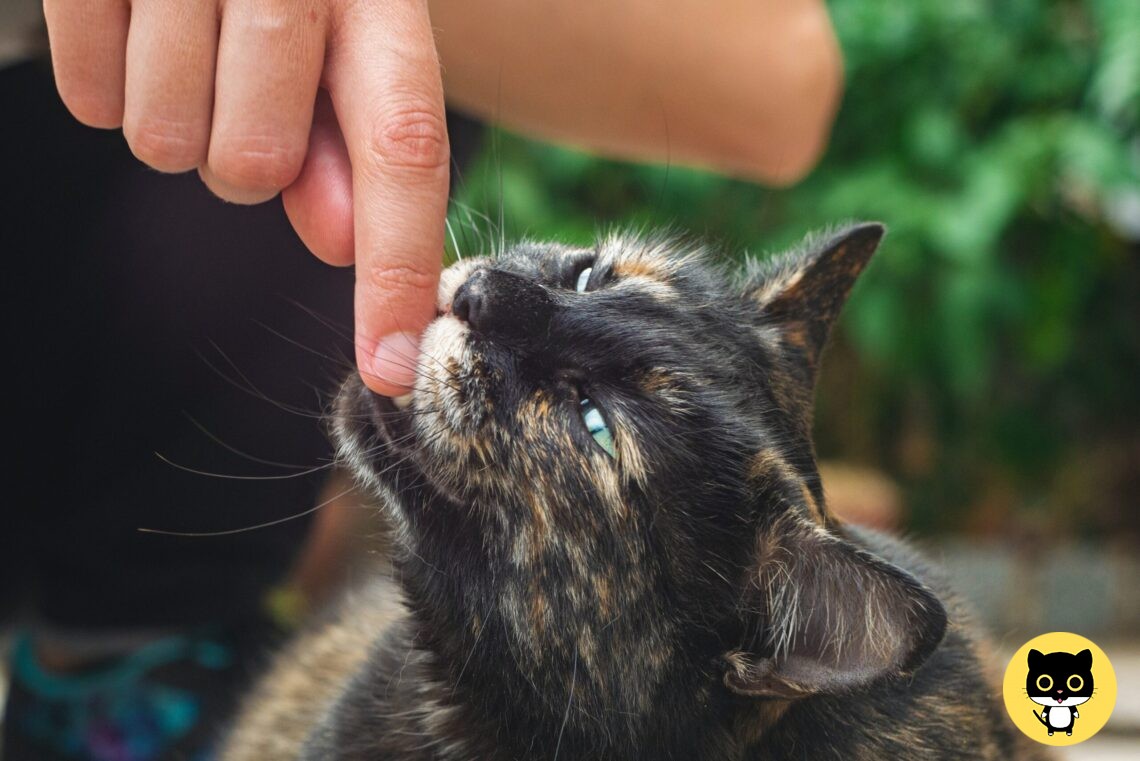Cat bites can be painful and can cause serious infections if not treated immediately and properly. In this article we’ll explore how dangerous cat bites are, what the risk factors are for being bitten by a cat, the symptoms of a cat bite infection, and what treatments and preventative measures you can take to reduce the chances of being bitten by a cat. We’ll also discuss what you should do if you are bitten by a cat and when you should seek medical attention for a cat bite. Finally, we’ll look at some statistics regarding cat bite-related injuries.
We all know cats are adorable and can make great companions, but did you know that cats can also be dangerous? According to the Centers for Disease Control and Prevention (CDC), over 4 million people in the United States are bitten by cats each year. While most of these bites are minor, some can be severe and even life-threatening. So, if you have a cat or are thinking of getting one, it’s important to understand the risks associated with cat bites and what you can do to protect yourself.
How dangerous are cat bites?
Cat bites are more dangerous than you might think. The CDC estimates that 1 in 3 people who are bitten by a cat will develop an infection. These infections can range from mild to severe and can even be life-threatening in some cases.
The danger of cat bites is due to the fact that cats’ mouths contain bacteria that can cause infection. The bacteria in a cat’s mouth can enter the wound and cause an infection that can spread throughout the body. This type of infection is called septicemia and it can be very serious.
Risk factors of cat bites
There are certain risk factors that can increase your chances of being bitten by a cat. For example, cats that have not been neutered or spayed are more likely to bite than cats that have been. Additionally, cats that are kept in cages or kennels are more likely to bite than cats that are allowed to roam freely. Other risk factors include cats that are pregnant, cats that are in pain or are feeling threatened, and cats that are not socialized or have been abused.
Symptoms of a cat bite infection
If you’ve been bitten by a cat, it’s important to watch for signs of infection. These signs can include redness, swelling, and pain at the bite site. You may also experience fever, chills, fatigue, nausea, and vomiting. If you experience any of these symptoms, it’s important to seek medical attention right away.
Treatment for cat bites
If you’ve been bitten by a cat, you should consider seeking medical attention right away. Your doctor will likely prescribe antibiotics to help prevent infection. It’s also important to clean the wound thoroughly and to keep it covered with a sterile bandage. If the wound is deep or if the infection has spread, you may need to have surgery to remove the infected tissue.
Prevention tips to avoid cat bites
The best way to avoid being bitten by a cat is to practice responsible pet ownership. Make sure to spay or neuter your cat, provide adequate veterinary care (vaccinations), and socialize and train your cat. Additionally, it’s important to be aware of your cat’s body language and to look for signs of aggression. If the cat appears to be agitated or scared, it’s best to give it some space.
What to do if you are bitten by a cat
If you’ve been bitten by a cat, it’s important to take the following steps:
- Clean the wound thoroughly with soap and water.
- Apply pressure to the wound to help stop the bleeding.
- Apply an antibiotic ointment and cover with a sterile bandage.
- Seek medical attention right away.
It’s also important to keep the wound clean and to watch for signs of infection.
When to seek medical attention for a cat bite
It’s important to seek medical attention right away if you’ve been bitten by a cat. This is especially true if the wound is deep, if the wound is on the face, or if you experience any of the symptoms of infection such as redness, swelling, fever, chills, or fatigue.
Cat bite statistics
According to the CDC, an estimated 4 million people in the United States are bitten by cats each year. Of those, 1 in 3 people will develop an infection. Additionally, cat bites account for about 5-10% of all animal bite-related injuries.
Have you been bitten by a cat, and did you seek medical attention? Please register below to leave a reply (or leave a post in the Forums).




Maybe people today worry a bit too much. The CDC estimation must rest on an assumption of how many cat bites go unreported (which must be the vast majority). Still, if a child gets bitten I would have it checked.